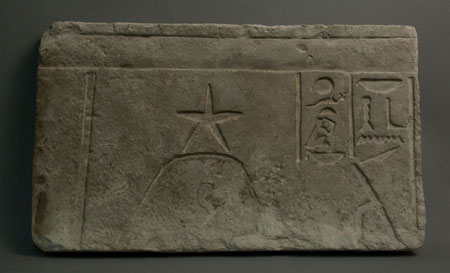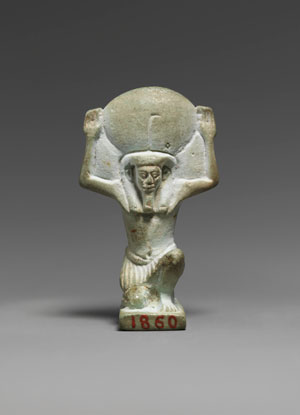Exhibit:
Introduction | Ancient sky-watchers | Celestial deities in the time of the pharaohs | Cosmic connectors | The sun at which one cannot stare | Without the moon, there would be no life | Lunar enlightenment | Cosmic models | Celestial guidance | A universe of possibilities |
Education:
Astronomy in Africa | ArtLAB+ interviews | Star sounds | Cosmos diary (blog) | African Cosmos (Twitter) | Family guide | A Galaxy of Activities | Teacher Lesson Plans
| Sons of the Moon DVDEgyptian knowledge of the heavens spread widely through travel and trade. Pharaohs in search of trade goods (particularly incense, hardwoods, gold, and ivory) sent ships to the land of Punt, now believed to have been located along the coast of the Horn of Africa. Centuries later, manuscripts preserved in libraries in Timbuktu, Mali, indicate that ancient Egyptian knowledge of astronomy crossed the Sahara, where local astronomers were making observations of their own.

The Great Sphinx before the pyramid of Khafre, Giza, Egypt
Photograph by Eliot Elisofon, 1970
Eliot Elisfon Photographic Archives, EEPA EECL 17310
Photograph by Eliot Elisofon, 1970
Eliot Elisfon Photographic Archives, EEPA EECL 17310


